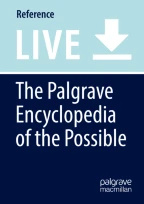
The notion of archetype, although already present in Western culture since ancient Greece, is associated to the name of the Swiss psychiatrist Carl Gustav Jung (1875–1961), who gave the concept both a universal and a psychodynamic connotation. Universal, because archetypes are the contents of the collective unconscious, which is the common unconscious substratum that connects every human. Psychodynamic, since archetypes are patterns of behavior, i.e., they regulate human behavior according to inborn schemata similar to instincts. Jung formalized the double nature of the archetype in 1946 and differentiated between archetype as such and archetypal image, the former being a “psychoid” factor inaccessible to consciousness while the latter can reach consciousness in the form of universal symbols.
This distinction makes the archetype an agent of inner and outer change that links together biology, psychology, and culture. When consciousness is torn between opposites, an archetypal image emerges to bridge the split, thus promoting a new conscious attitude. In the role of union of opposites from which a third is born, the archetype becomes a holder of potential and a catalyst of creativity on both a personal and a collective level.
This entry defines the notion of archetype, outlines its history, and presents the Jungian model of the psyche, including the dynamic notion of the unconscious from which stems the potential of the archetype.
This is a preview of subscription content, log in via an institution to check access.